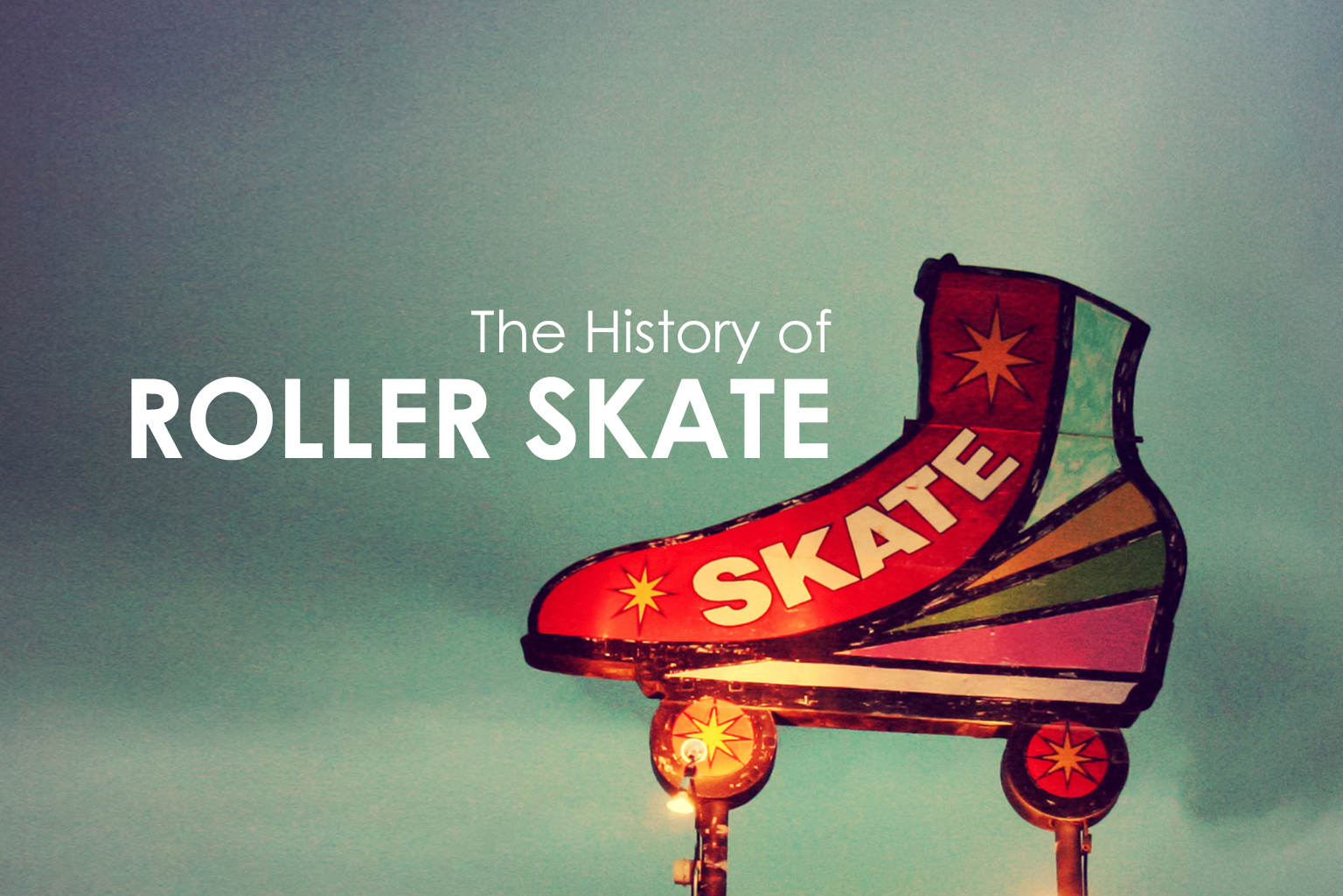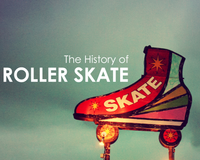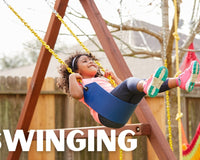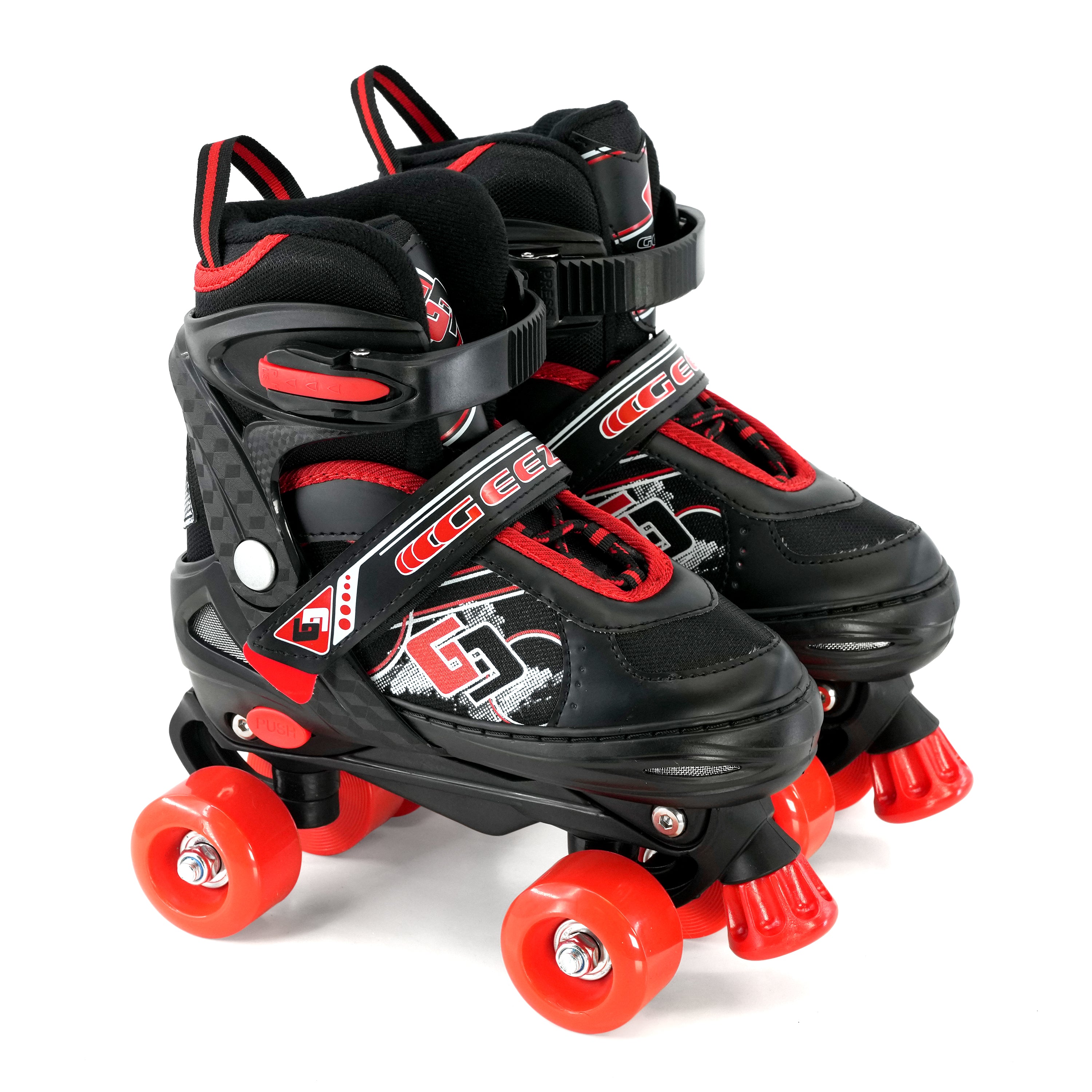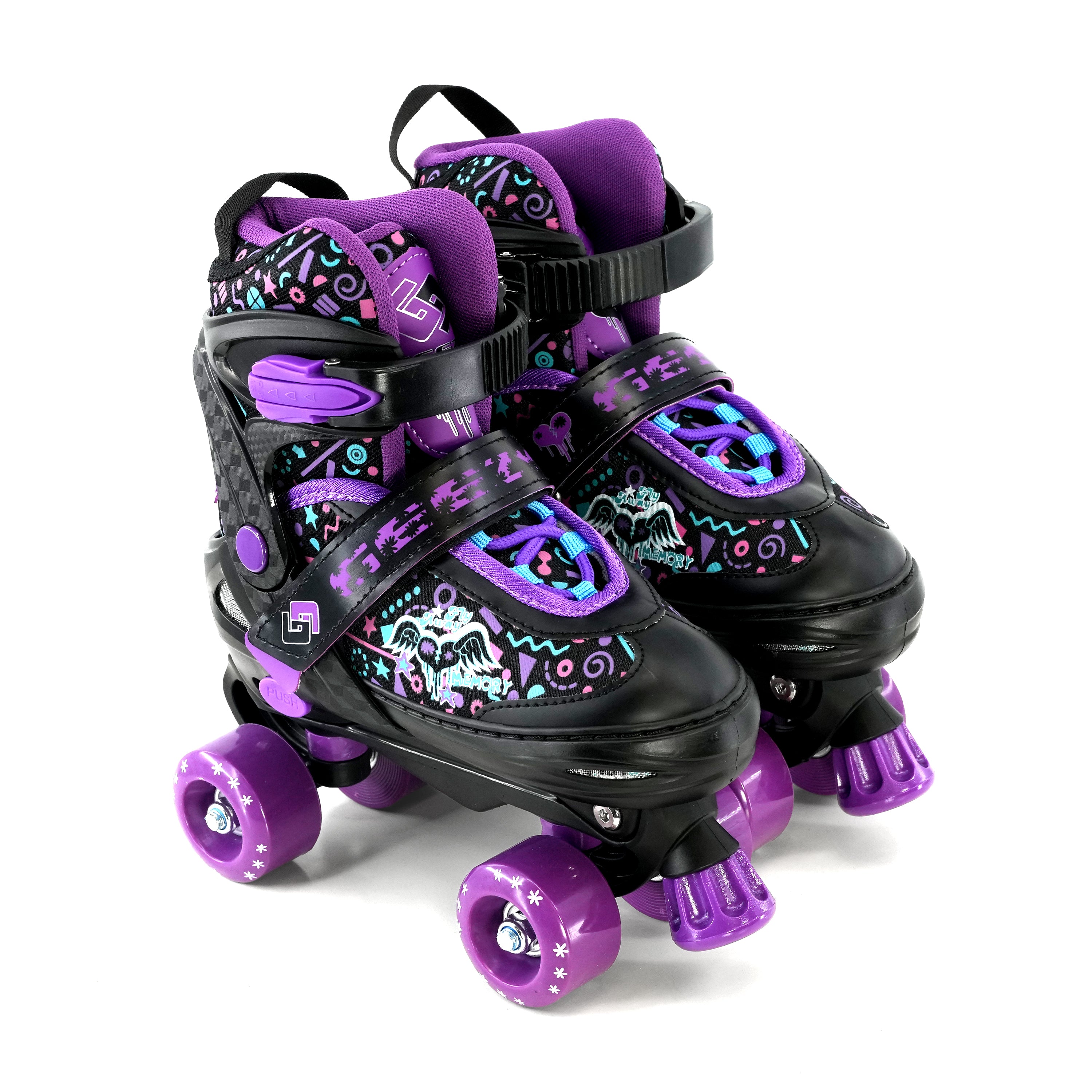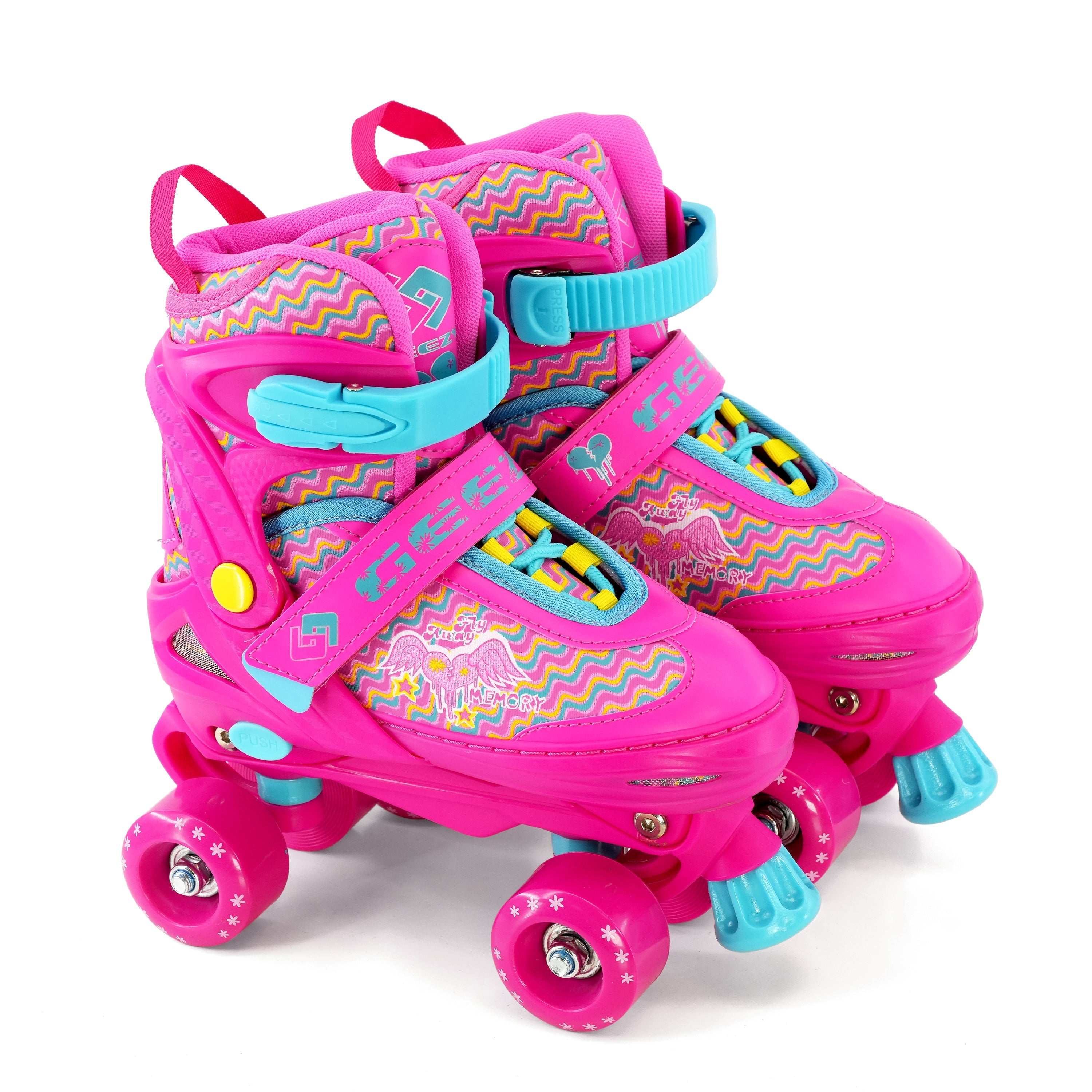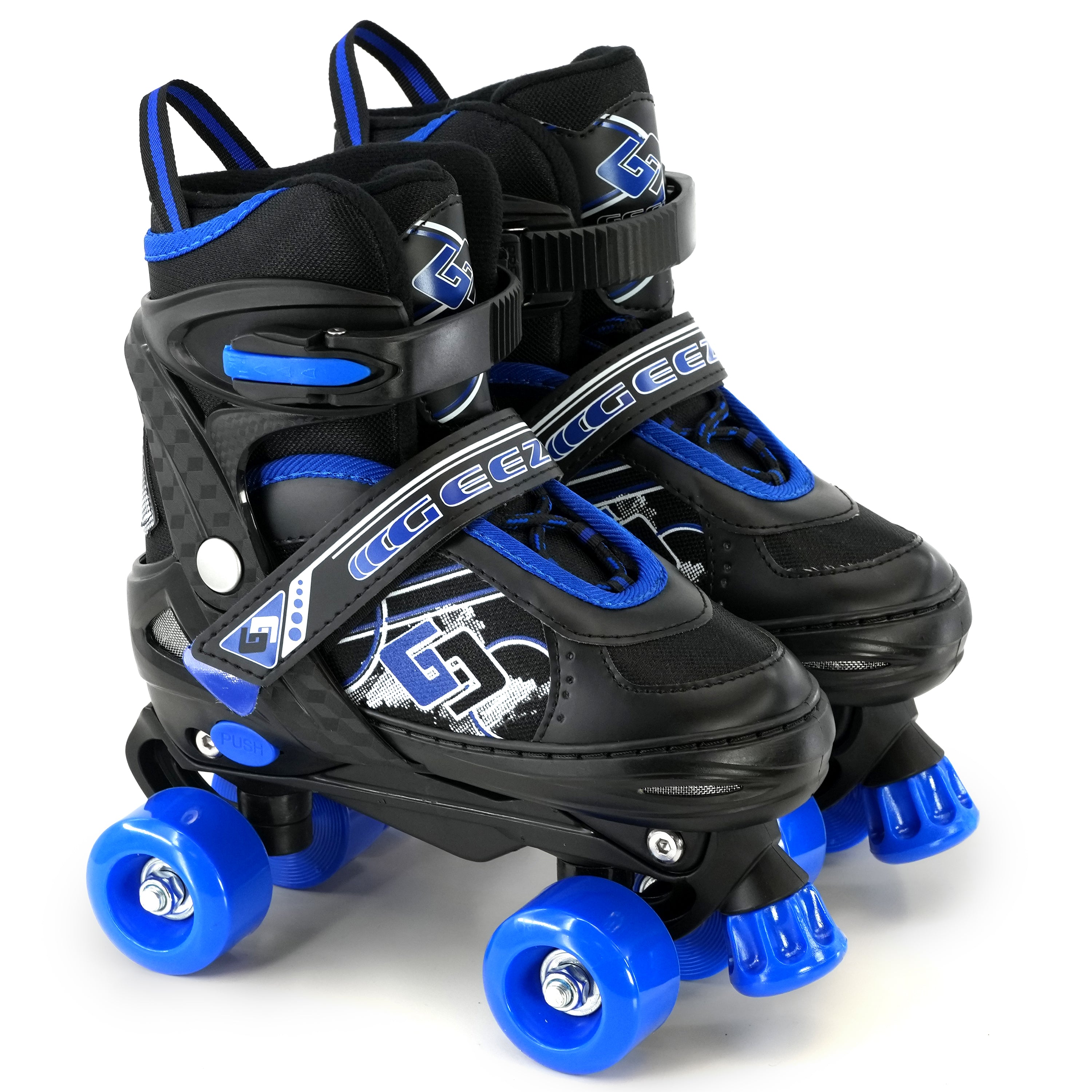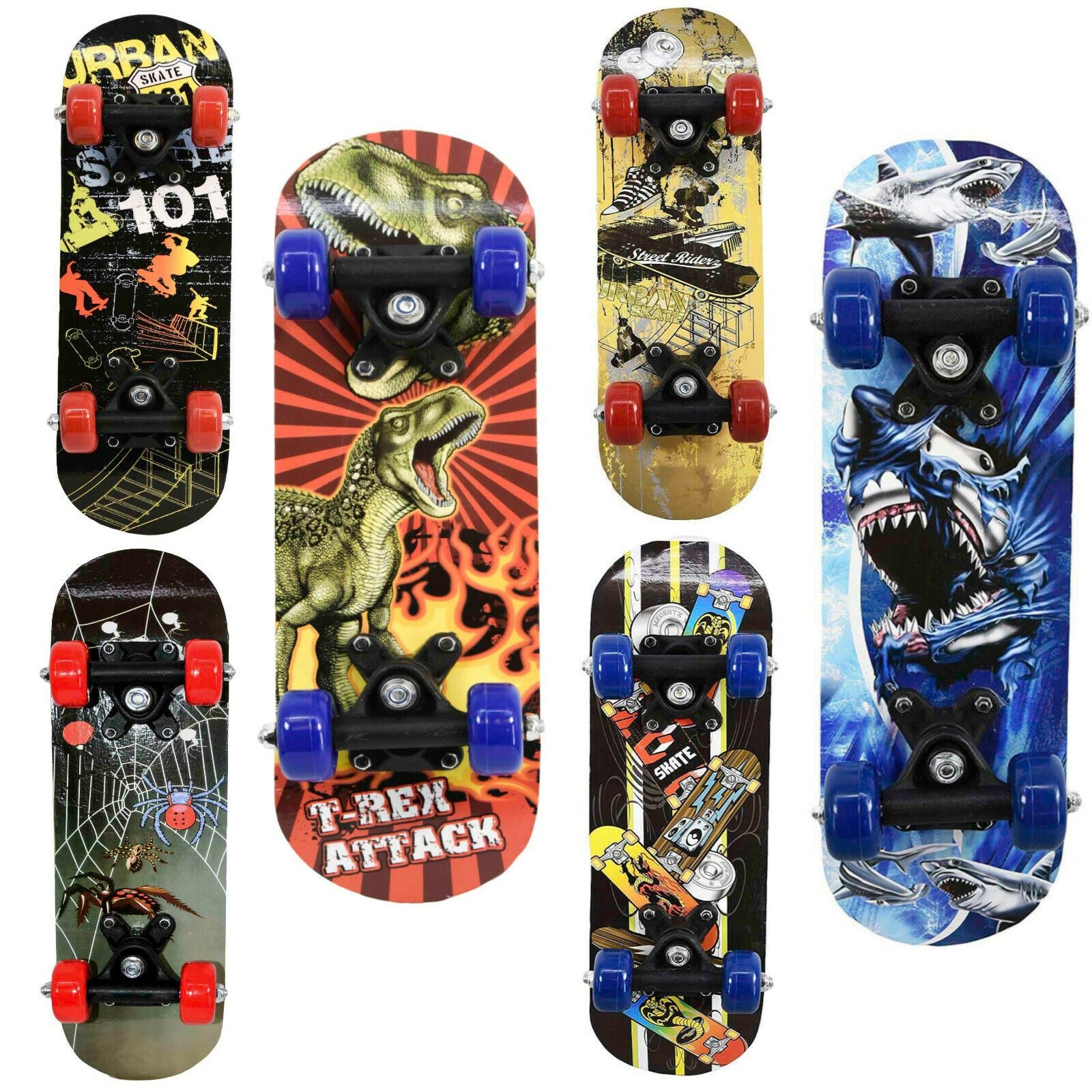Roller skating has been a popular recreational activity for over two centuries, with a rich history that spans continents and generations. From its early beginnings in Europe to the modern-day roller rinks of America, roller skating has come a long way.
The Origins of Roller Skating
The first recorded use of roller skates was in 1743 when a Belgian inventor named John Joseph Merlin introduced a primitive inline skate that he demonstrated at a masquerade party in London. The invention was met with mixed reviews, as Merlin reportedly crashed into a mirror during his demonstration, breaking not only the mirror, but also the violin he was playing and several of his bones.
The Golden Age of Roller Skating
Despite the initial setback, the popularity of roller skating began to grow in the 19th century, as advancements in technology and manufacturing made it easier to produce skates that were more comfortable and durable. In 1863, American James Plimpton invented the first practical quad roller skate, which had two pairs of wheels arranged in a square pattern, making it more stable and easier to maneuver. This design revolutionized the sport and paved the way for roller skating to become a popular recreational activity.
https://blog.sciencemuseum.org.uk/wonderful-things-roller-skates-1880/

The Decline and Resurgence of Roller Skating
In the early 20th century, roller skating continued to gain popularity, and skating rinks began to pop up in cities across the United States and Europe. Skating rinks were a popular destination for socializing, dancing, and even sporting events, as roller derby emerged as a popular competitive sport in the 1930s.
Roller skating also played a role in the civil rights movement in the United States, as roller rinks became one of the few places where people of different races could gather and socialize without fear of discrimination or violence.
The popularity of roller skating began to wane in the 1970s and 80s, as other leisure activities like video games and home entertainment became more prevalent. However, the sport saw a resurgence in the 1990s and early 2000s, with the rise of inline skating and the introduction of new technologies like anti-rocker wheels and aggressive skating.

The history of roller skating is a long and fascinating one, with roots that date back centuries. From its humble beginnings in 18th century Europe to its current status as a popular recreational activity and competitive sport, roller skating has come a long way and shows no signs of slowing down anytime soon.

